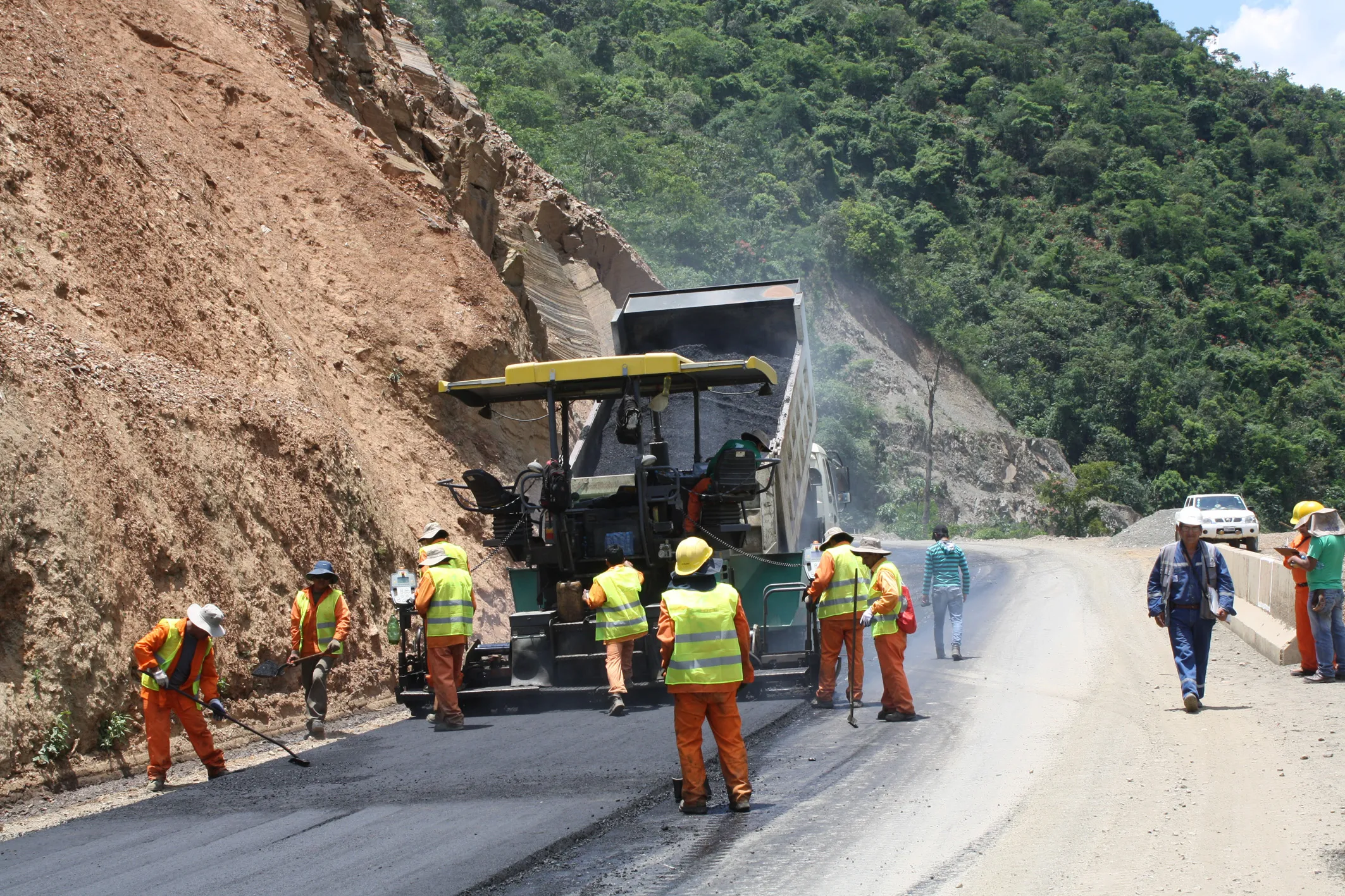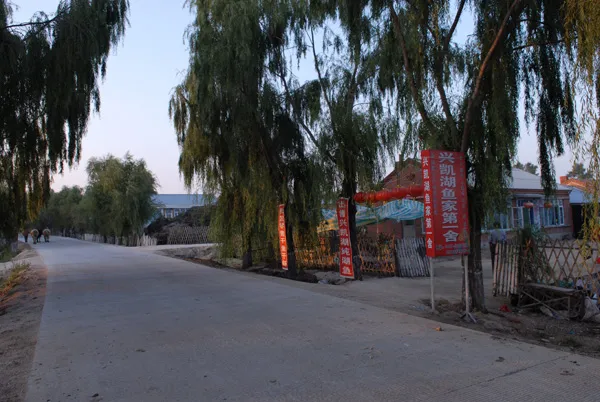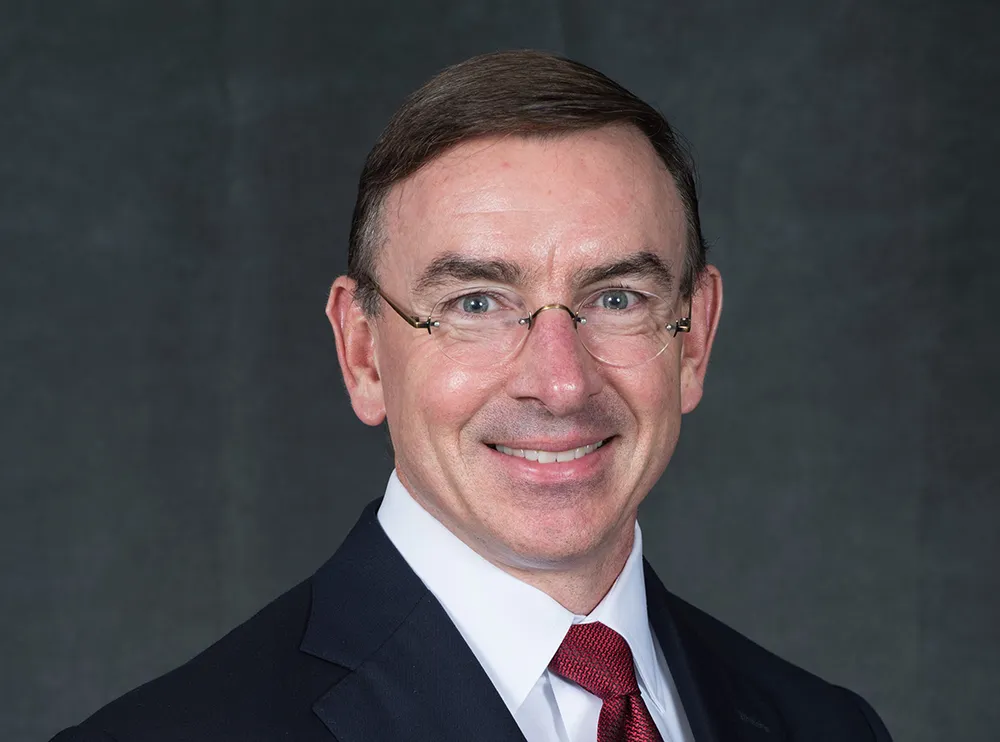
Bolivia’s ambitious Santa Cruz road corridor connector project is providing an important link for the country - Gordon Feller writes
The World Bank has been organising a US$230 million loan to upgrade a vital connector linking the country’s northern and southern transit corridors. Meanwhile, another $100 million is coming from Bolivia’s government.
This project aims to reduce transport costs, travel time and road fatalities. It is being planned as a single road investment for one corridor connector between two main corridors coming out of Brazil. The project will also fund a study on future investments aimed at the northern San Matias – San Ignacio de Velasco corridor.
The road upgrades covered by this loan extend for 203km, connecting the towns of San Ignacio de Velasco and San Jose de Chiquitos in the Department of Santa Cruz. The road is on a north-south axis, and connects the two main east-west corridors coming out of and going to Bolivia’s major trading partner, Brazil.
The project has two elements: upgrade the San Ignacio de Velasco- San Jose de Chiquitos road; and study the upgrading of the San Matias – San Ignacio de Velasco road corridor.
The upgrading of San Ignacio de Velasco-San Jose de Chiquitos road (about 203km) will likely cost $228 million. This component of the loan will finance a conventional input type of contract for improvement of the corridor connector between the two main corridors coming out of Brazil, about 300km from the borders of Bolivia and Brazil. The road is important to Bolivia’s effort in upgrading the transit corridor from Brazil to Chile. It will give better connectivity for Bolivian trade and will reduce transport costs.
The study for the upgrade will cost US$2 million. This will be a technical, economic, environmental and social study. It will serve as the basis for the bid documents which focus on upgrading the northern road corridor from Brazil (San Matias to San Ignacio de Velasco). Discussions are underway to explore interest by the national road agency
Overall responsibility for Bolivia's road sector sits with the national Ministerio de Obras Publicas, Servicios y Vivienda (MOPSV – Ministry of Public Works, Services, and Housing). The primary road network (Red Vial Fundamental - RVF) is managed by ABC. ABC’s mandate is to plan, study and design, construct, maintain, preserve, and operate the road network.
Bolivia's road sector strategy is focused on expanding and upgrading the primary road network; providing appropriate periodic maintenance (rehabilitation and repaving), particularly on the paved primary road network. It also includes delivering routine maintenance on the whole of the primary road network. The first and last elements have received the most attention in the past few years, while ABC is seeking to balance its focus with attention to the second element of the strategy.
Of the primary 16,000km road network more than 6,000km are paved, while the remainder is either gravel or dirt roads. Bolivia’s highway network is not yet “mature” and still requires significant development to address the mobility needs of the country’s remote areas. However, in the past seven years, the paved part of the primary road network has expanded by about 2,000km.
This has seen the doubling of allocations to the road sector, in nominal terms, between 2006 and 2013. In 2013, about US550 million of treasury allocations went to roads.
A concerted effort is underway to build up the part of the road network designated as Corredor Bioceanico, connecting Brazil to the ports of Arica and Iquique in Chile in the west. This road connection runs through Bolivia via two corridor entry points in the east of the Department of Santa Cruz: San Matias (northern corridor) and Puerto Suarez (southern corridor).
This project, if successful, will benefit the population in the area by providing better local connectivity and transit traffic facilitation. The government is now focused on a larger effort to build up the Corredor Bioceanico. The World Bank is financing this because it wants to eliminate extreme poverty and boost the welfare of the bottom 40% of the population -- in both direct and indirect ways.
At the most direct level, employment opportunities are created through road rehabilitation works. Moreover, improving the quality of sub-standard highways and bridges will reduce time and costs associated with transportation, resulting in more trips of less duration along the corridor, as well as lower prices for the transportation of goods. The project is expected to benefit the local economies particularly through forward linkages, which often include the spending of earnings during construction in food outlets and shops located at project sites.
Bolivia has taken advantage of a decade of high commodity prices to generate strong growth and build robust macroeconomic indicators. Boosted by gas and mining exports—linked to massive earlier investment—as well as by rapidly increasing public investment, growth has averaged around 5% per year since 2004.
Good economic performance has allowed for a substantial reduction of poverty and inequality. Higher commodity and food prices and a dynamic domestic demand have allowed for a rapid increase of revenues and a reduction in unemployment. This has been seen in rural areas—where most of the poor are located—and for non-tradable sectors in urban areas, particularly those engaging low-skilled workers. As a result, the average income of the bottom 40% of the population increased by 15%/year between 2002 and 2011, three times higher than the average income growth. This is at the root of the strong poverty reduction that dropped from 63% of the population in 2002 to about 43% in 2012, while extreme poverty fell from 37% in 2002 to 21% in 2012.
In this context, after winning the October 2014 general elections with over 61% of the votes, President Evo Morales began his third five-year mandate in January 2015. The ruling party has also ensured a two-thirds majority in the Legislative Assembly. In August 2013, the government presented the ‘2025 Patriotic Agenda’, which aims to eradicate extreme poverty and translate growth into ‘living well’, a country-specific measure of shared prosperity.
Despite these positive results and reductions in poverty and inequality, Bolivia still faces numerous development challenges. The country still has one of the lowest GDP/capita levels in the region while other social indicators, which have improved since the 1990s, are still below those in neighbouring countries. High exports concentration makes economic growth—and the fiscal and external balances—vulnerable to the decline in commodity prices. Despite strong public investment, total investment remains low—also affecting growth prospects—as private investment is among the lowest in the region, despite the exceptional recent history.









